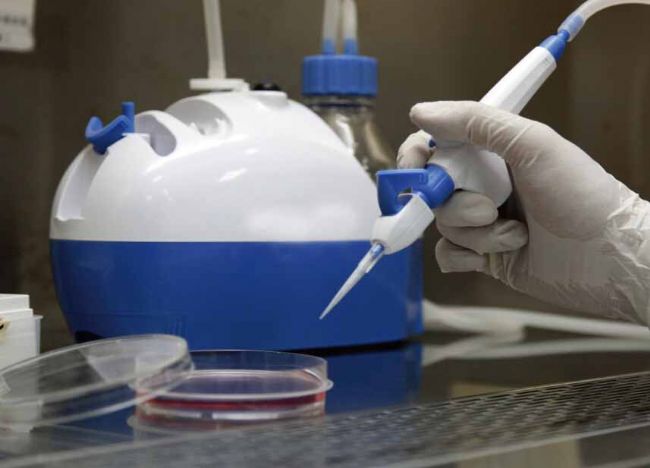Oil-free vacuum pump is a new type of vacuum pump used in many laboratories. Many customers will doubt when they purchase it. Compared with traditional rotary vane oil seal vacuum pump and circulating water vacuum pump, the structural principle is different. What are the differences.
The most notable feature of the oil-free vacuum pump used is that it can be vacuumed only by mechanical parts, without the need of pump oil or water source. It is a completely dry vacuum pump. Mainly relying on the internal linkage structure to move up and down, with the structure of the inlet and outlet valves, the air is taken in from the specific equipment, and then discharged from the outlet valve. This feature makes it have the following significant advantages:
1. The place of use is not significant: compared to the circulating water vacuum pump must be used next to the water source, the rotary vane oil seal vacuum pump can not be used in the clean room due to oil mist pollution, the laboratory oil-free vacuum pump does not have these restrictions.
2. No maintenance required: The pump oil needs to be replaced regularly compared to the laboratory oil pump. The oil-free vacuum pump does not require any maintenance.
3. No pollution: no oil mist or water resources, it is an environmentally friendly product.
4. Since it is not necessary to use external force to achieve vacuum, the power is smaller, and its noise is lower and energy consumption is smaller.
Based on these advantages, it is generally more suitable to use oil-free products in the following common uses:

Vacuum pump product dedicated to cell room - L100BS: compact, low noise, no pollution
1. Cell room: the supernatant of the aspirating medium, or the sterilization filtration of the culture solution, is more suitable for the use of oil-free products, especially the integrated oil-free waste with the waste collection bottle and the liquid suction head. Liquid suction device. For example, the BV235 biological waste liquid suction pump is equipped with two 1000ml waste liquid bottles and a single suction head. The inside of the machine is an oil-free vacuum pump with the body casing and noise reduction accessories, which greatly reduces the noise value. Suitable for use in cell room clean rooms.
2. Vacuum filtration: Since the pump and the oil pump have the problem of sucking back (the pump oil and water will be sprayed in the opposite direction), the filtered filtrate and the filter will be contaminated. Therefore, it is common practice to use an oil-free vacuum pump with vacuum filtration. Many customers are concerned that the low oil-free vacuum pump power can't meet the filtration requirements (especially for high solids sample filtration). It is also available in the product system of oil-free vacuum pump. There are different models for users to choose. When filtering high-particle content and viscous samples, you can use a product with high vacuum to produce more powerful suction liquid through the filter, such as R410. The vacuum is 730mmHg, which completely exceeds the vacuum parameter of the water circulation pump.
3. Vacuum drying: similar to the above filtration, the reverse suction will also contaminate the internal sample of the drying oven. It is possible to use products with higher vacuum and pumping speed, such as R610 to match the drying oven equipment.
More product information to browse our website.
Puyang Linshi Medical Supplies Co., Ltd. , https://www.linshihealths.com